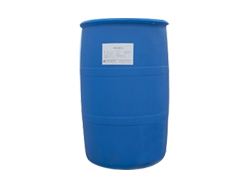Surfactants can reduce the interfacial energy of the system, and different types of surfactants can produce electrostatic, solvating or spatially stable anti aggregation effects on the adsorption layer of particles.

① The surface tension, solid-liquid interfacial tension and contact angle of liquid on solid are reduced, the wettability is improved and the interfacial energy is reduced.
② The adsorption of ionic surfactant on particles can increase the surface potential of particles and enhance the electrostatic repulsion between particles, which is conducive to the stability of the system.
③ The adsorption of long-chain surfactants on particles forms a thick adsorption layer, which produces steric repulsion, i.e. steric stabilization. The surfactant with this effect must have strong interaction with particles and dispersion medium, firmly adsorb on the surface of particles, and dissolve in solvent. Therefore, it must have "anchored group", ring type and trailing type that can adsorb on solid The solvation group of.
The solvation group can produce a thick enough film to prevent the mutual attraction between particles and increase the effective radius and repulsive potential energy of particles. Now it is considered that the most effective stabilizer is comb like graft copolymer polymer surfactant, which consists of two parts. One is the main chain which is insoluble in the medium (hydrophobic) and has strong affinity for particles, and can be firmly anchored on the surface of particles (4) some long-chain ionic surfactants have both electrostatic and steric stabilities, i.e., steric stability mechanism or joint stability mechanism.